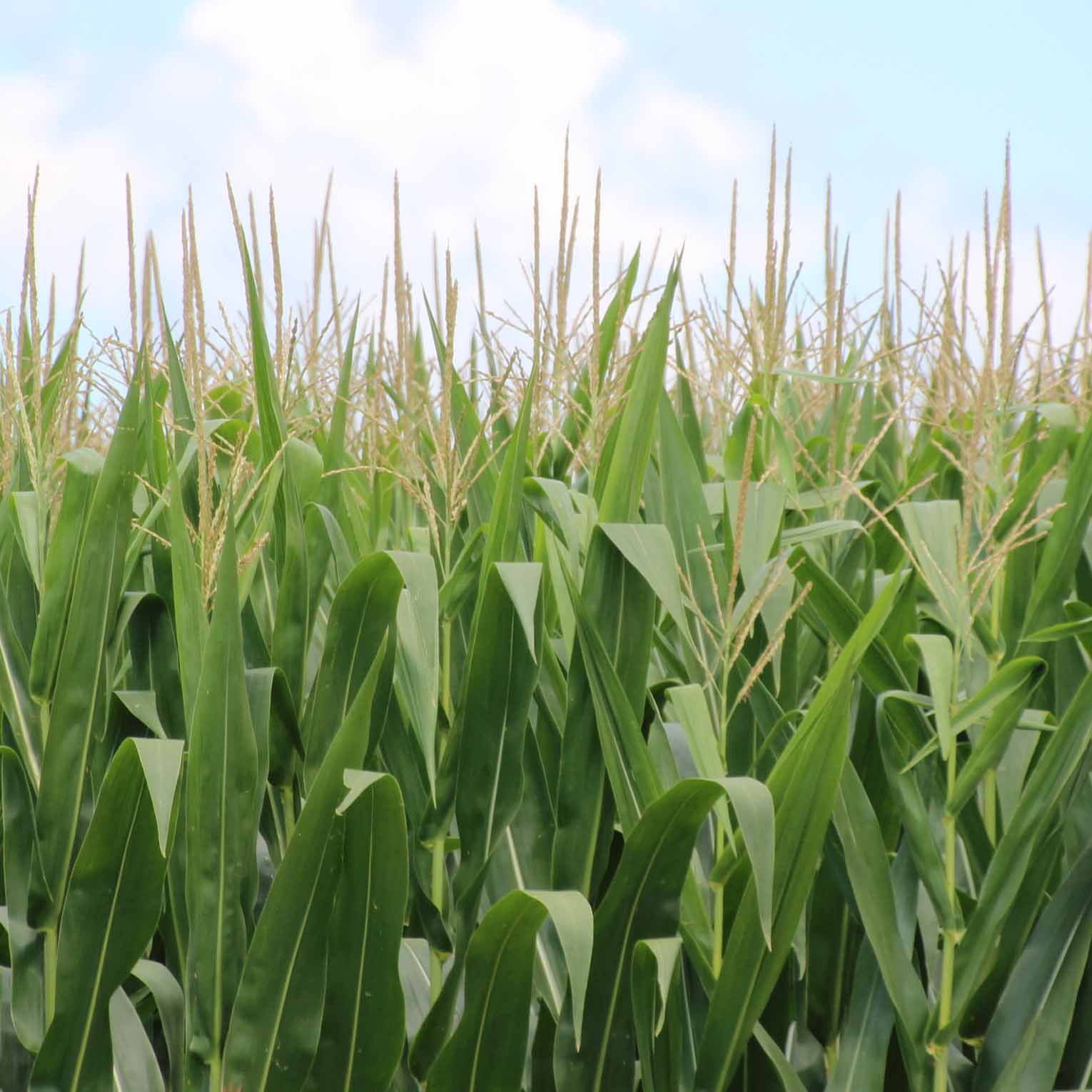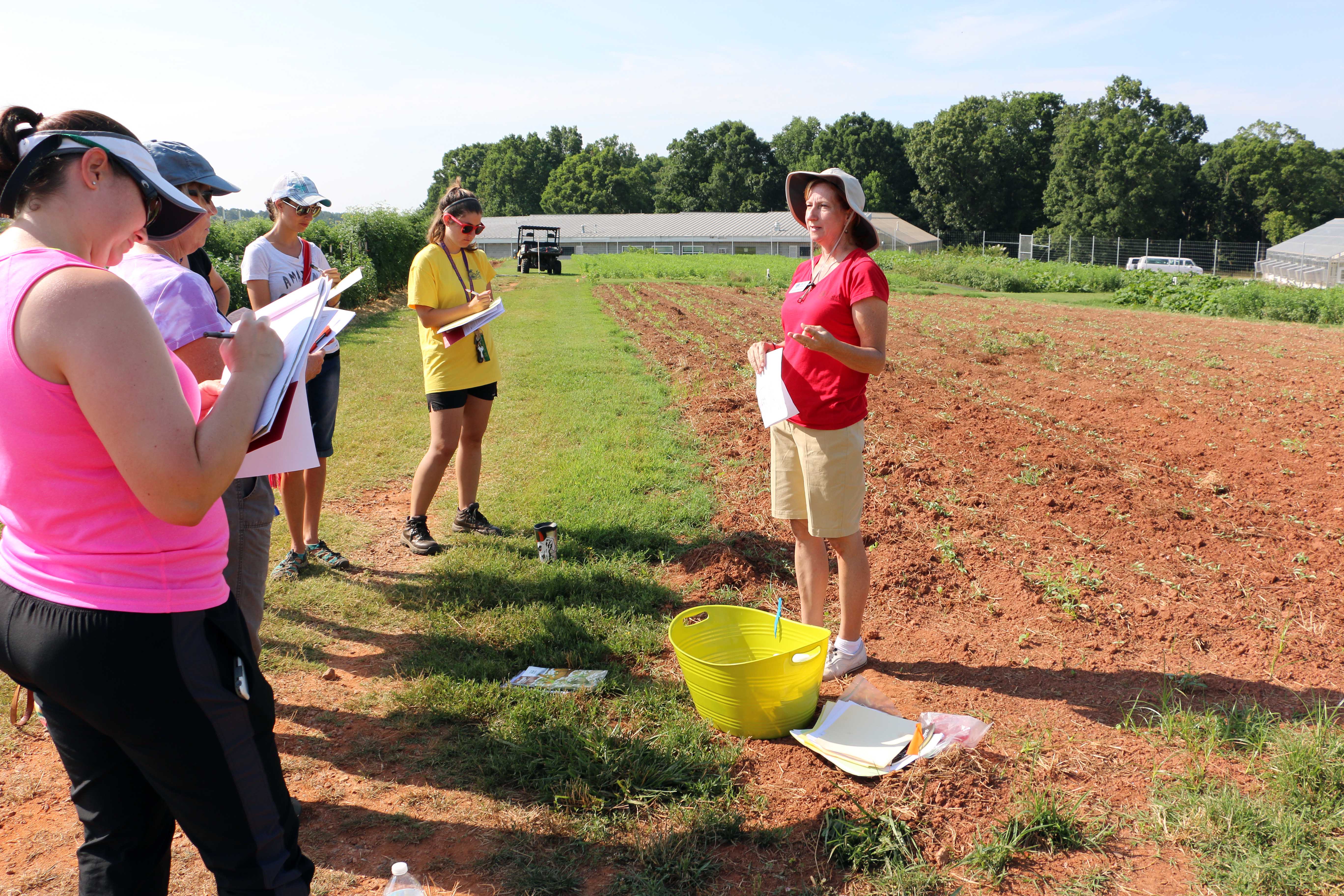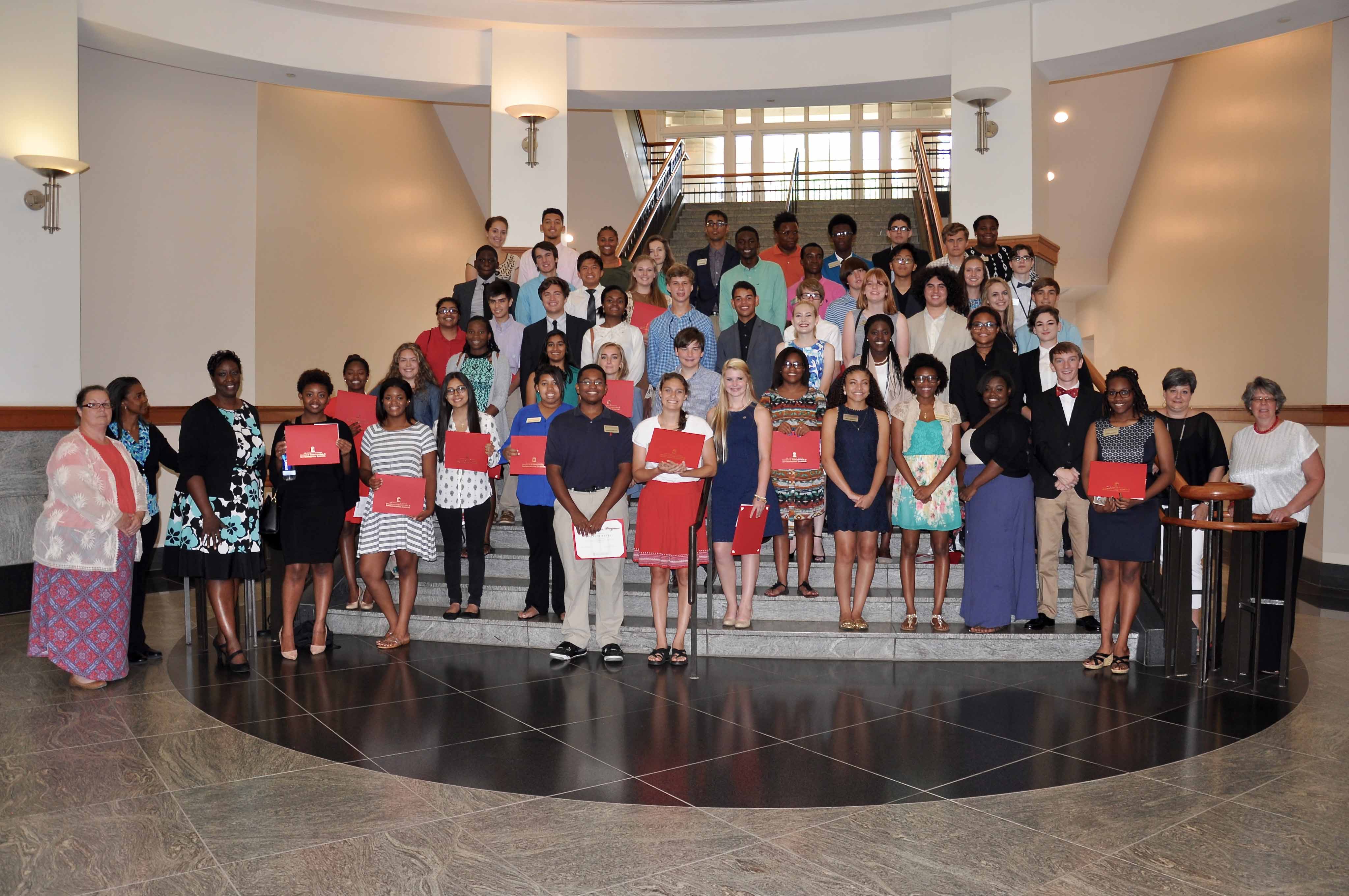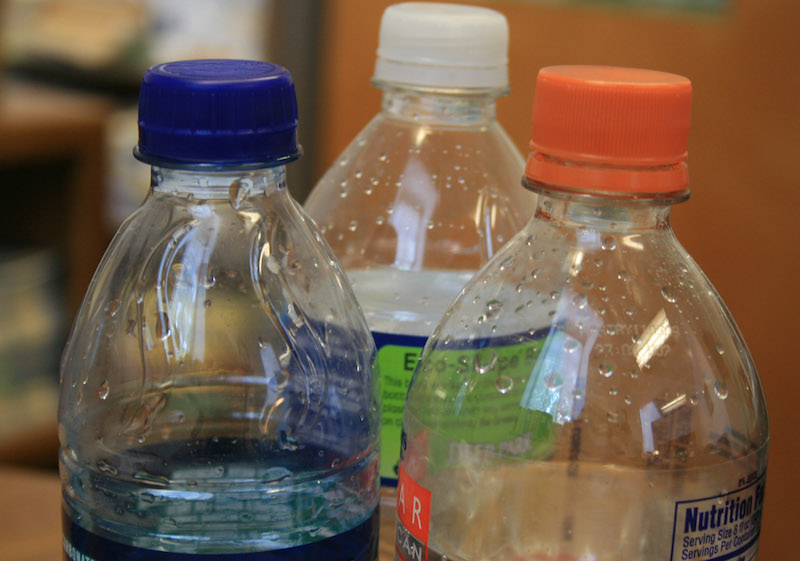 CAES News
CAES News
CAES graduate students take to the road to explore career opportunities
Like many other young people, plant pathology graduate student Russell Ingram’s friends have an epic road trip planned for this summer. The difference is that instead of setting off for a music festival in the desert or visiting a beach, Ingram’s pals are hitting the road in search of jobs.




